Being one of Denmark’s foremost art collectors, Claus Busch Risvig focuses on collecting art by emerging contemporary artists. To bring his passion for art to another lever, he has become one of the curators of the upcoming CODE Art Fair – the first international art fair in Scandinavia to be held in August 2016. Claus Busch Risvig has shared with us why he is so looking forward to the CODE Art Fair and what the fair would bring to the Copenhagen art scene.
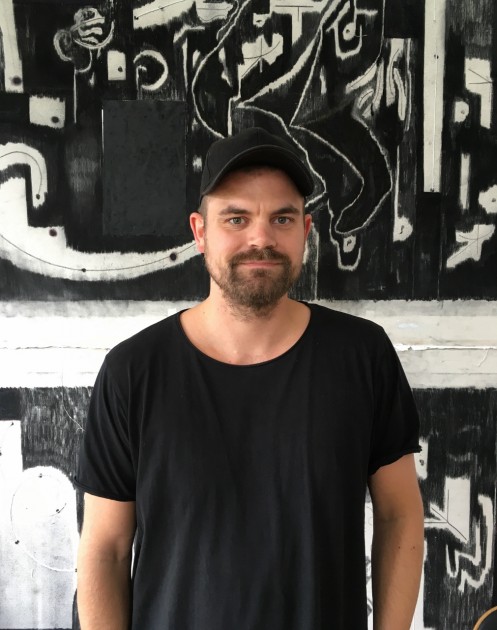
Collecting
What made you want to start collecting art?
My interest in art came little by little after I met my girlfriend, as her parents are interested in art and we started to go to museum shows and galleries together with them. At some point, we needed something for our walls, and instead of buying a poster, we thought why not buy a piece of art. We then started buying some prints and small unique works, and the interest just kept growing, and at some point, it turns into a collection.
What is the main motivation behind your collecting?
I think what drives us and our collection is finding new exciting art and artists that stimulate our minds and senses in our daily life.
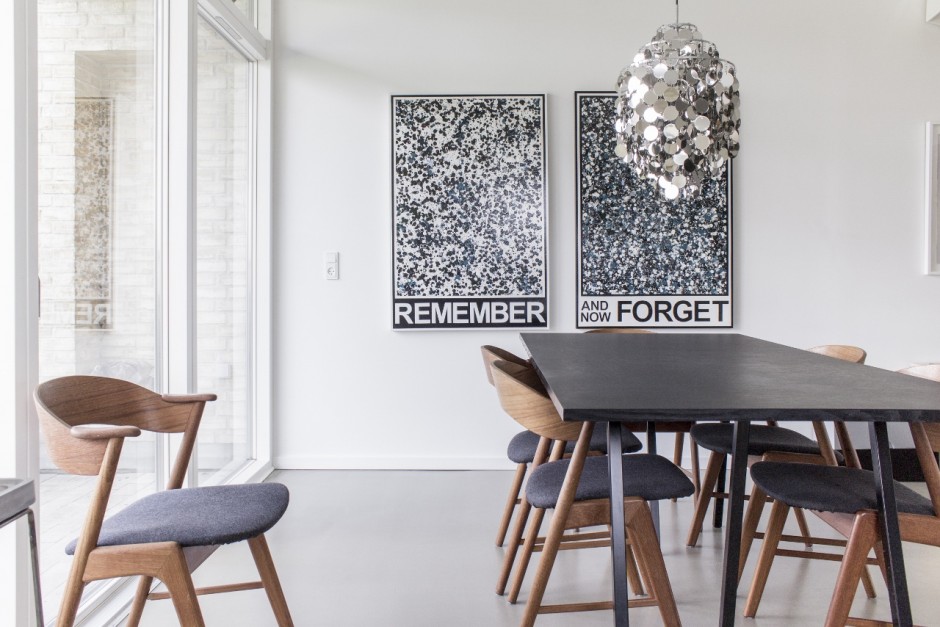
Why do you focus mainly on emerging artists with your collection?
For us, it makes good sense to collect from our own generation; we then have the possibility to follow the artist for a long period and see how they evolve as artists. It also gives us the possibility to buy more pieces from them, before they get too expensive for us. We like to collect in depth and we have the opportunity to do so with emerging artists.
Is there any particular type of art that has consistently attracted you, or anything that unites all the works you have acquired?
Conceptual and minimalist art has always attracted us; not that it is the only thing we collect, but it is the focal point of our collection.
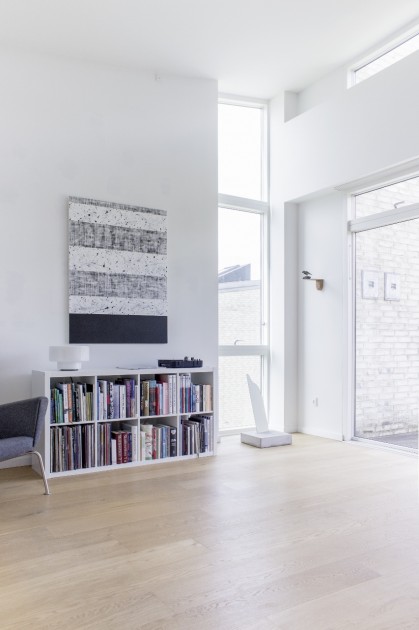
What was the first artwork you purchased? How many artworks do you own?
The first pieces we bought were two prints by the Danish street artist HuskMitNavn back in 2010. We own around 130 pieces of art.
What is your most treasured artwork?
It is an Asger Dybvad Larsen painting from 2014. I just love that piece!
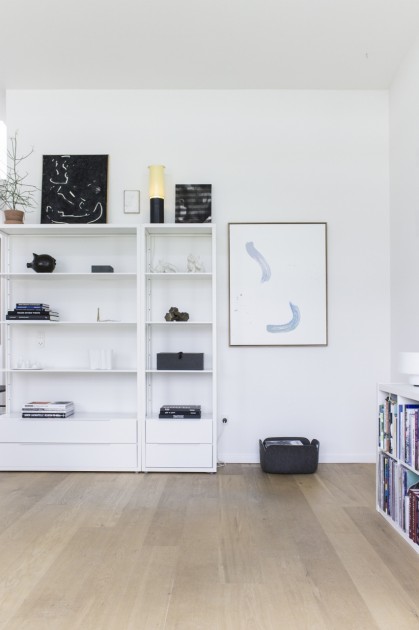
Where do you display your collection? Have you ever presented/ would you wish to present your art collection publicly?
We display what we can at our home, some pieces are also at family members’ places, and some are in storage. We haven´t presented our collection publicly yet, but maybe at some point in future…
What considerations guide you to make a purchase?
We always try to learn as much as possible about an artist we are interested in before we purchase his/her art. So we try to explore every source of information we can: interviews, reviews, books etc. It’s really important to us to understand the practice of an artist before we jump into buying a piece.
How important is it for you to meet the artists who created the artwork?
If I have the opportunity to meet any of the artists in our collection, I would certainly take it. It is always great to hear artists talk about their work and get to know their thoughts behind it. So of course, it is important for me to meet them, but still the most important thing is the work they produce and the enjoyment it gives me every day.
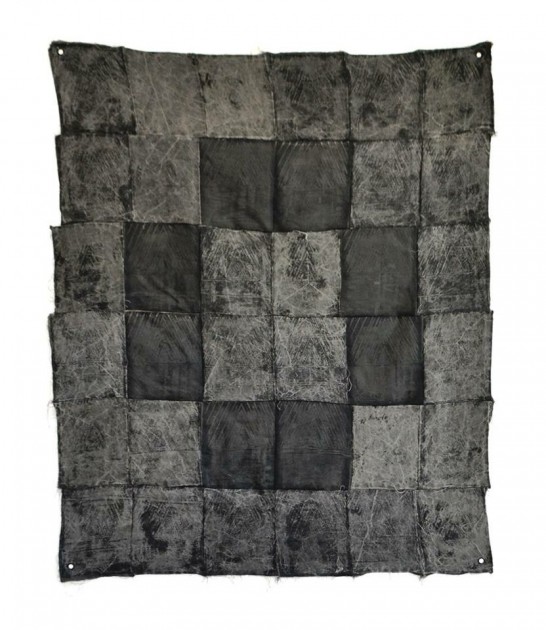
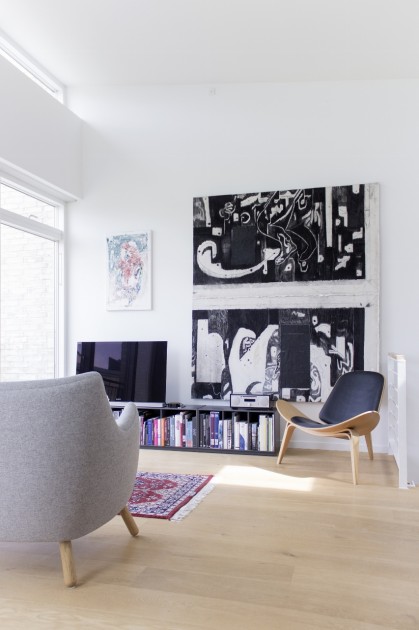
The Art World
What was your happiest moment being involved in art?
I do not really know – there have been so many.
Who inspires you in the art world?
The artists in our collection are the ones that inspire me the most; they are the ones doing the great pieces of art that we collect.
Why has art become important in your life? Is it a passion or an obsession or both?
It’s both I would say, but I try to keep the obsessive part at bay.
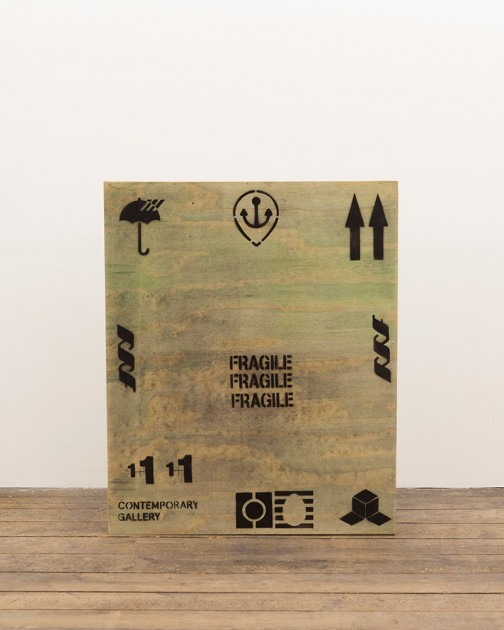
Can you name three emerging artists who should be on our radar?
Asger Dybvad Larsen, Lea Guldditte Hestelund and Jonas Lund.
You frequently post fantastic artwork photos on your Instagram. How has social media changed your way of seeing and collecting art?
I think it’s much easier now to discover young talents from all over the world and meet people that share the same passion for art. However, you still have to be careful because not everything looks as good in real life, and it can be very disappointing to see some of the artworks in person. Nothing compares to standing in front of a great work – a photo on an Instagram just can’t give you that same feeling.
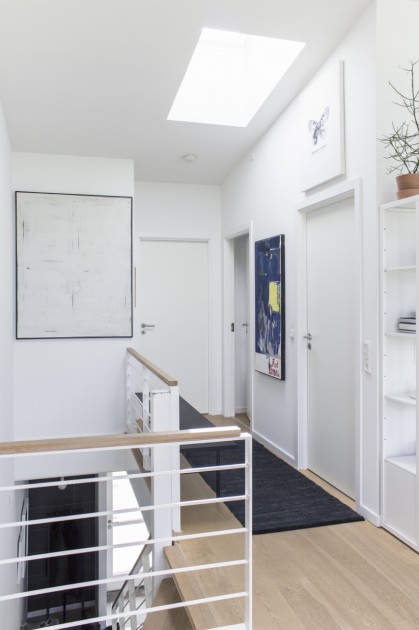
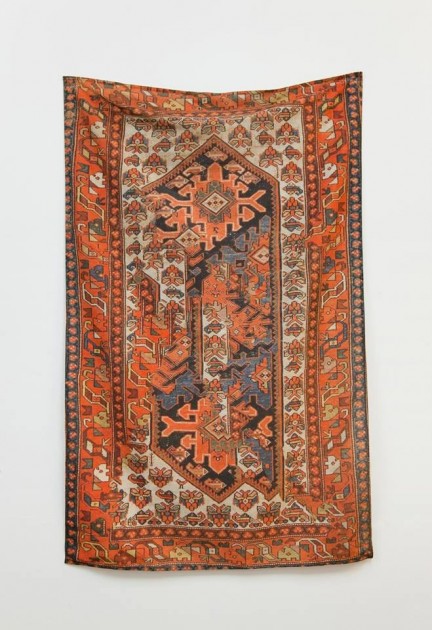
As a Curator for the Upcoming CODE Art Fair
How would you describe the art scene in Copenhagen? What is your vision for it?
I think there´s a good scene in Copenhagen with a good mix of galleries and non-profit spaces that all have shows of high quality. In addition, a new generation of young collectors is emerging, so that is good news for the future. I think Copenhagen will be even more in focus on the global scene during the upcoming years – we have good artists and galleries, and this August we will also have the Copenhagen Art Week with a couple of very good art fairs.
How is your involvement as one of the curators for the upcoming CODE Art Fair so far? What are the major similarities and differences between the roles of collector and curator as you see it?
It’s been a great experience working on the fair so far, and I am glad that we have assembled such a great group of galleries for CODE Art Fair. I’ve enjoyed working with the galleries in a different way than I’m used to as a collector, and using my network for new purposes.
For me, working as a curator for an art fair and being a collector are two very different things; as a collector, I can follow my personal taste 100%, which is not possible as a curator, who has to be more objective and keep the audience in mind. The link between the two roles is that they are both parts of the art world, and my knowledge and network can be used for both collecting and curating a fair.
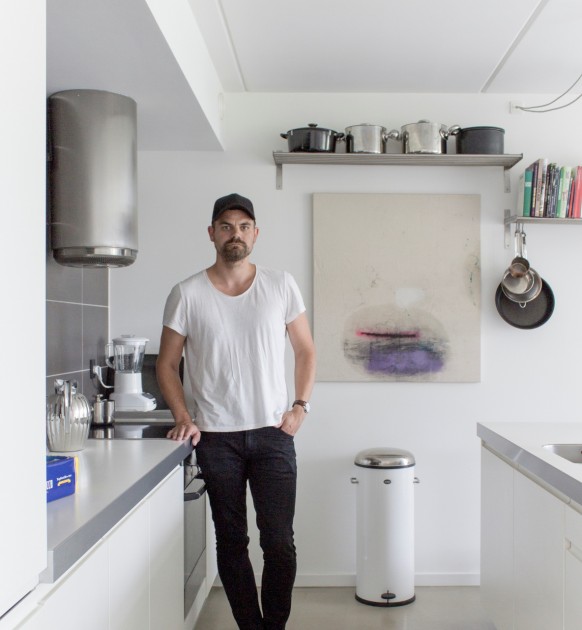
How is the selection process of the CODE Art Fair? What is the innovation or strength to be highlighted about this art fair?
We, the curator group, have of course read through and thoroughly discussed whatever applications that had came in, and on this basis, decided what galleries would best fit our vision of CODE. But we have also individually encouraged galleries which we personally like to apply, and some of those have been so kind to pass on the word to other relevant parties, such as galleries they know and work with. The result is a very strong mix of young and more established galleries from all around the world, which is a selection somewhat different from what you will see in most other fairs.
Why would Copenhagen need an art fair like the CODE Art Fair? What can it bring to the Copenhagen art scene?
CODE is the first international art fair in Scandinavia, and that alone should count for something. I believe this fair will seriously help strengthen Copenhagen’s position within the global art market, and hopefully – as it is coinciding with Chart Art Fair – bring more art lovers to the city in the future. Featuring a lot of galleries from abroad all bringing very interesting international artists, CODE will be buzzing with work that has never been shown in Copenhagen before; stuff that I’m looking very much forward to seeing in person.
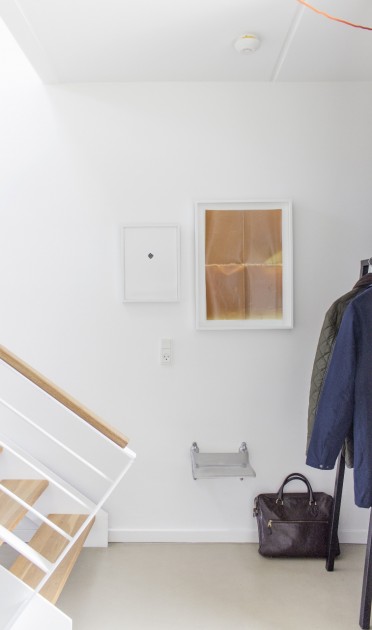
Related:
CODE Art Fair
Instagram: @buschrisvig
Twitter: @ClausRisvig
A selection of artists Claus collects:
Asger Dybvad Larsen
David Stjernholm
Jonas Lund
Lea Guldditte Hestelund
Ricko Leung





